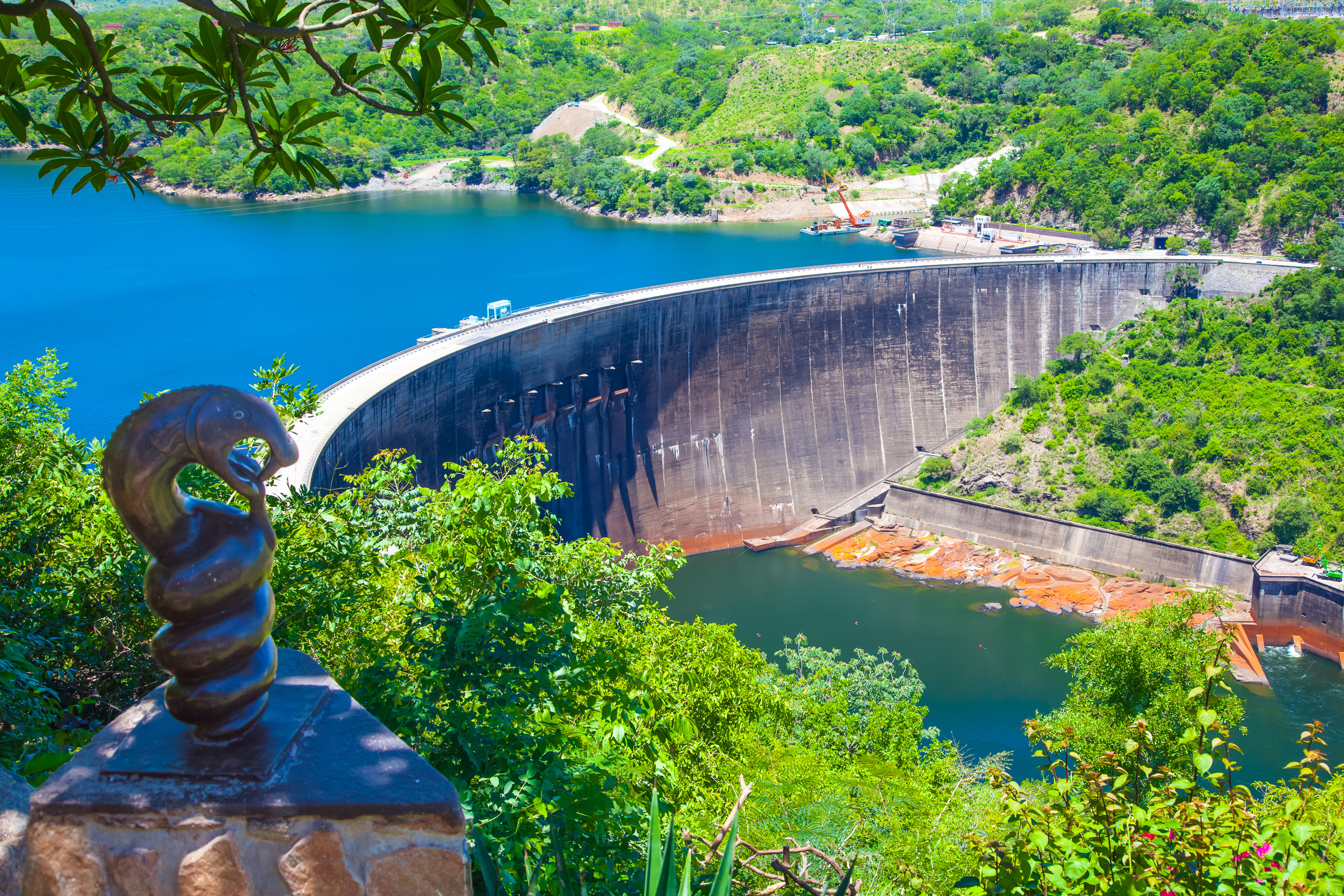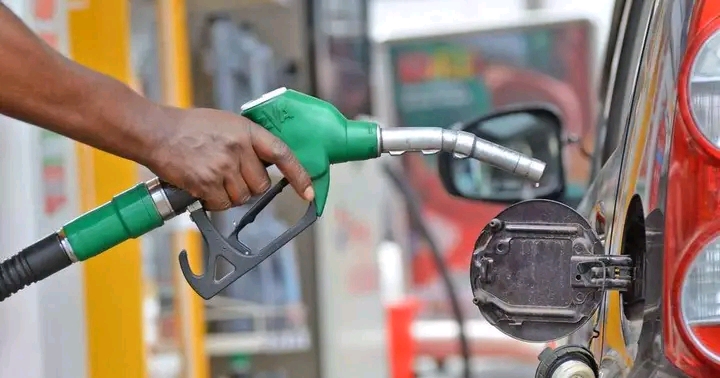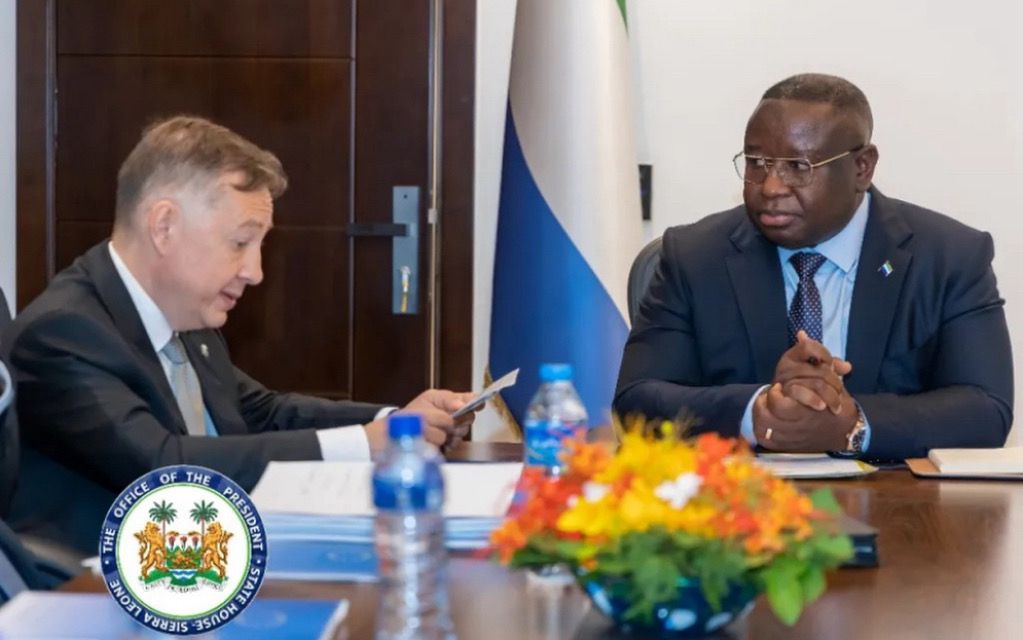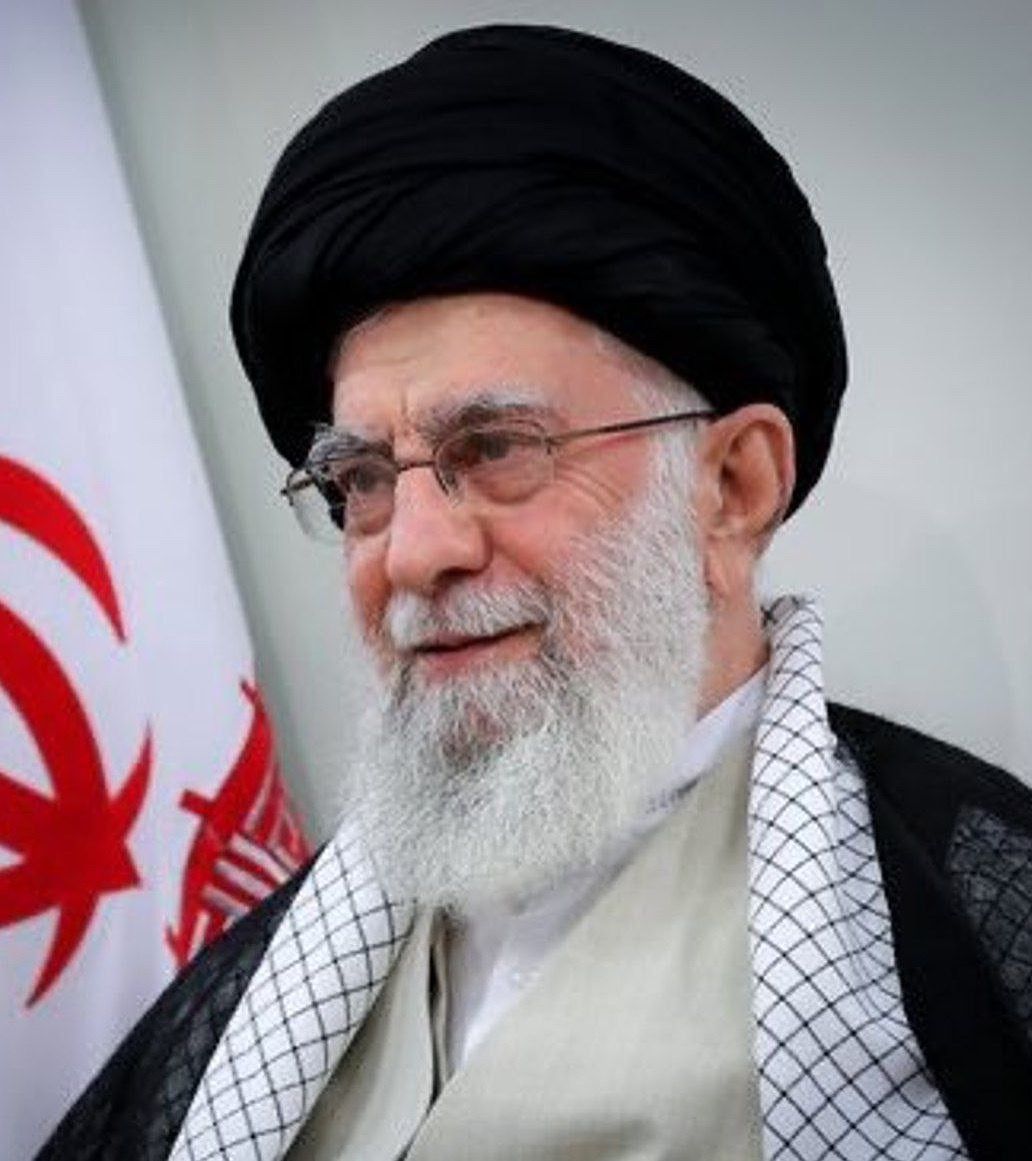(African Business Magazine)-In Zambia and Zimbabwe, electricity has become a precious commodity over the past few months. The two countries have been enduring severe power cuts since late last year. In Zambia, a regime of “load-shedding” was announced in December; for several weeks in January, ZESCO, the national energy utility, could supply power to its customers for only 12 hours a day.
The crisis stems from the drought that has caused water levels at the Kariba Dam hydroelectric facility to fall to critically low levels. The dam’s reservoir, located on the Zambezi River along the border between the two countries, shrivelled on 30 December to just 10 centimetres above its minimum level for electricity generation. The power station on the Zambian side of the dam was able to supply less than 40% of its 1,080 MW capacity, forcing the authorities to ration power.
The situation has now eased, thanks to the onset of the rainy season. ZESCO declared an end to load-shedding in Zambia on 9 February. But what does the crisis mean for the future of hydropower in Africa in an era when rainfall is becoming less reliable across large parts of the continent?
“Hopefully, Kariba is a bit of a wake-up call,” says Harry Verhoeven, senior research scholar at Columbia University’s Center on Global Energy Policy. “The future is more likely to look like this, rather than less likely, and therefore we really ought to do what we can within the limited set of resources we have to address these problems.”

Drought disruption
Much of Africa relies on hydropower. The electricity grids of Lesotho, the Central African Republic, DR Congo, Ethiopia, Uganda, Zambia, Sierra Leone and Mozambique all generate at least 80% of their power through hydroelectric sources.
Some of Africa’s largest dams – including Kariba – date from the late colonial period. Another wave of dam building began in the early 2000s. But Verhoeven says that, in most cases, planners have continued to treat the impacts of climate change on electricity generation as an “afterthought”.
“The amount of contingency planning that actually happens is, in my experience, usually rather limited,” he warns. “I’m sure if you see the project documents, that climate comes up 20, 30, 50 times – but it doesn’t necessarily mean, of course, that it’s actually built into the operation of the infrastructure.”
Kariba is far from the only hydropower plant to have run into trouble over the past year. Drought in Europe resulted in hydropower generation falling to its lowest levels in more than two decades in 2022. Meanwhile, factories in the Sichuan province of China had to shut last August, after a severe drought left hydro facilities on the Yangtze River unable to supply power.
The latest assessment from the Intergovernmental Panel on Climate Change (IPCC) finds that reduced rainfall is expected across most parts of Africa by mid-century. At the same time, rain will typically fall in more intense bursts across much of the continent.
This creates a basic problem for hydropower facilities, since these changing rainfall patterns will make river flows less reliable. “If you have more intense rainfall events over a shorter period of time, then your peak flows are concentrated in a shorter period of time and your dry periods are longer,” says Simon Trace, principal consultant at consulting group Oxford Policy Management.
Environmental challenges
New hydropower projects are still being developed in several parts of the continent. The Grand Inga scheme on the Congo River, for example, would be the largest hydropower facility in the world. South Africa plans to procure 5,000 MW from the project, involving a new transmission line more than 2,000km long. For the time being though, Grand Inga remains firmly tethered to the drawing board, amid unanswered questions over how to finance the megaproject and serious concerns over its environmental and social impacts.
Opponents of hydropower projects have often highlighted the inevitable impacts on people and habitats when land is flooded by the reservoirs that form behind dam walls. Now, they say, the changing climate severely undermines the case for new hydro projects.
Siziwe Mota, Africa campaigner at International Rivers, an NGO that seeks to protect rivers, says that large-scale hydropower projects “should not be considered an energy solution”.
“Large hydropower is even less reliable in the face of climate change and more extreme weather patterns across the continent,” she says, arguing that alternative renewable technologies such as wind and solar are better alternatives. “It is now possible to expand energy generation while drastically reducing greenhouse gas emissions and preserving our free-flowing rivers.”
“Relatively speaking, wind and solar will be cheaper in the long run,” agrees Trace. However, he notes that policymakers in some African countries are often more comfortable with hydropower, a technology that has provided electricity to the region for decades. “There are still misunderstandings of the costs of solar and wind and a lack of familiarity with those technologies compared to hydro, which is a mature technology.”
Altogether, some 43,000 MW of new hydropower capacity is planned by 2045 across the 12 countries that make up the Southern Africa Power Pool. Yet analysis published last year by researchers taking part in the Climate Compatible Growth programme found that almost half of this new capacity would be “uneconomic” across all the scenarios they considered.
New projects
Despite the uncertainties around the outlook for hydropower, new projects of varying sizes continue to gain access to financing, including from development finance institutions and multilateral development banks.
In December, the African Development Bank (AfDB) finalised a project financing package for a 44 MW hydropower plant at Singrobo in Côte d’Ivoire. Other investors in the project include the Emerging Africa Infrastructure Fund (EAIF), a Private Infrastructure Development Group (PIDG) company.
Paromita Chatterjee, investment director at EAIF, insists that there is still a role for hydropower in Africa. “Climate patterns are changing, weather is changing, and it’s a lot more unpredictable than it was several years ago,” she acknowledges. “Having said that, hydropower is still a very important part of the puzzle and it will continue being a very important part of baseload supply for most African countries.”
Indeed, hydropower facilities are generally designed to provide a stable supply of power, much as coal or nuclear power stations are used to meet the “baseload” – the steady core of electricity demand. Providing that river flows remain within certain parameters, this makes hydropower an important complement to wind and solar, which are inherently more intermittent.
But hydropower plants can also be designed to rapidly release more water and thus increase electricity output at times of swiftly-rising demand. Chatterjee says that the Singrobo project will thus help displace demand for diesel generators at peak times in Côte d’Ivoire.
Developers and financiers do need to pay increased attention to climate data, including long-term rainfall trends, prior to making investments in hydropower, Chatterjee says. She cites the example of the proposed Bambuna II facility in Sierra Leone, which she says has been significantly scaled back in light of modelling that river flows will decline.
Chatterjee adds that in countries like Uganda, where EAIF has funded several hydroelectric projects, hydropower facilities can expect to see more seasonal and year-on-year variation in their generating capacity. However, she believes, “in the long-term, they should still prove to be very useful assets,” noting that Ugandan facilities have been able to cover operating costs and service debts despite sometimes erratic rainfall in recent years.
Rainfall patterns will not change in a uniform way – changes may sometimes even be beneficial for hydro. Indeed, the IPCC does not project that West Africa, South-eastern Africa and the Sahara-Sahel region will see a decrease in overall rainfall, though it does expect more bursts of heavy rainfall and flooding in all three sub-regions.
Size matters
Part of the reason that the recent crisis at the Kariba Dam has proved so devastating for Zambia and Zimbabwe is that both countries have relied excessively on this single asset. Having failed to develop alternative sources of supply, their governments found themselves unable to keep the lights on when the facility could no longer generate at full capacity.
This reality suggests that the policymakers will need to be cautious in developing very large hydropower projects on which they become highly dependent.
“It would really take a very heroic degree of optimism to argue the case for big dams at a general level,” says Verhoeven. “There are always gigantic cost overruns; it always comes much later than you think; the opportunities for corruption are too good to miss out on; the environmental and social damages are always underplayed, and always come back to bite you later.”
Smaller hydropower projects, Verhoeven says, are typically “somewhat more attractive”. Chatterjee agrees that smaller plants have important advantages, although she still sees a role for large projects that can be “transformational” for power-hungry economies.
The key, she suggests, is for countries to ensure they have access to a “diverse mix” of energy sources as the climate changes. Hydropower will certainly remain important for decades to come; the key will be to ensure energy planners do not put all their eggs in the hydro basket.








